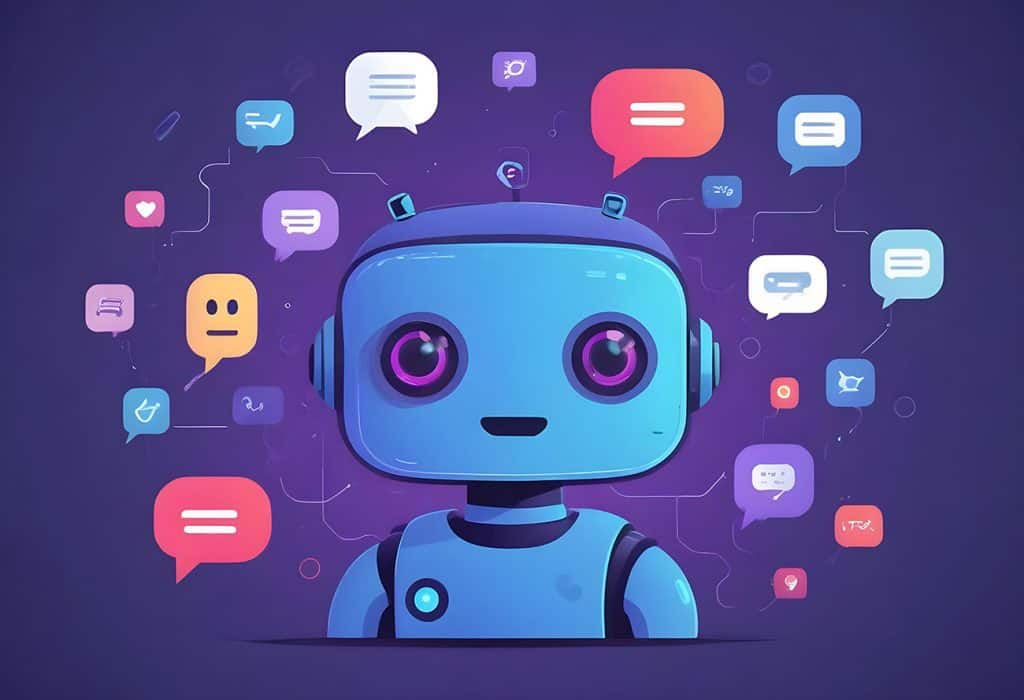For years, chatbots have been paraded as the future of customer service. Businesses embraced them with open arms, wooed by promises of efficiency, cost savings, and 24/7 availability.
But let’s face it—customers hate chatbots.
And if you’re still clinging to this so-called innovation, it’s time for a reality check.
The False Promise of Instant Help
The pitch is simple: chatbots provide immediate assistance, solving customer issues faster than a human ever could. Sounds great, right? Wrong. In reality, most chatbots offer nothing more than scripted responses, leaving users trapped in a loop of frustration.
Need proof? Just think about the last time you typed, “Talk to a human” into a chatbot window.
Customers don’t want a maze of irrelevant options; they want their problems solved. Chatbots rarely deliver on this promise. Instead, they leave customers screaming into the void (or at their screens), wasting time until they finally reach a human—the person they wanted to talk to all along.
Emotional Intelligence Is Nonexistent
Here’s a radical thought: people want empathy when they’re upset. Whether it’s a delayed order or a technical glitch, customers want to feel heard.
Chatbots, no matter how “advanced,” cannot replicate the nuances of human conversation. They don’t understand sarcasm, humor, or the sheer exasperation in, “Why is my account locked again?”
The result? A growing sense of alienation. Customers feel like they’re talking to a brick wall, and that’s a surefire way to erode trust and loyalty. Empathy can’t be coded into an algorithm, and pretending otherwise is just insulting.
The Cost-Cutting Illusion
Let’s not kid ourselves—the rise of chatbots isn’t about better customer service. It’s about saving money. Businesses love chatbots because they eliminate the need for a full-fledged customer support team. But this penny-pinching approach comes at a cost: customer satisfaction.
When customers are met with unhelpful bots, they’re more likely to abandon your brand altogether. According to numerous surveys, customers overwhelmingly prefer human interactions over chatbots. Ignoring this fact to save a few bucks is short-sighted at best and brand suicide at worst.
Accessibility Issues? Check.
Chatbots are often touted as universally accessible, but they’re anything but. For people with disabilities, especially those relying on assistive technologies, chatbots can be a nightmare.
Poorly designed interfaces, lack of compatibility with screen readers, and overly complex conversation trees make chatbots a barrier rather than a bridge.
When companies fail to accommodate diverse needs, they send a clear message: “We care more about convenience than inclusivity.” That’s not just bad business; it’s ethically questionable.
The Vanishing Contact Page
Adding insult to injury, some businesses have taken their love affair with automation to an absurd extreme: they’ve eliminated traditional contact options altogether. No email, no phone number, not even a contact form. Instead, users are funneled directly into chatbot systems with no escape route.
This lack of transparency not only frustrates customers but also damages brand credibility. When people can’t find a way to contact you directly, they’re left wondering what you’re trying to hide.
Worse still, this trend leaves customers feeling powerless, as they’re forced to rely on a tool that frequently fails them. If your business doesn’t even have a contact page, you’re effectively telling customers, “We don’t care about your concerns.”
A Dying Trend?
The backlash against chatbots is growing. Forums, social media, and review sites are brimming with complaints about unhelpful automated systems.
Some brands have already started backpedaling, reintroducing real human support as a “premium” service. Think about that for a second: human interaction is now a luxury.
Meanwhile, customer expectations are evolving. They’ve seen the promises of AI, and they’re not impressed by the current reality.
Businesses that cling to chatbots risk alienating their audience and losing out to competitors who prioritize real, human connection.
What Should You Do Instead?
- Invest in Real Customer Support: Hire skilled support agents and empower them with the tools they need to excel. Humans solve problems faster and leave customers feeling valued.
- Use Chatbots Sparingly: Chatbots aren’t entirely useless. They can handle basic queries or direct customers to the right department. But they should never be the sole point of contact.
- Focus on Multi-Channel Support: Give customers options. Some prefer email, others want phone support, and a growing number lean towards social media. Flexibility beats automation every time.
- Prioritize Empathy: Train your support team to actively listen, empathize, and offer solutions that feel personal. This is something no chatbot can replicate.
The Bottom Line
Chatbots were supposed to revolutionize customer service. Instead, they’ve become a symbol of frustration and disconnection.
If you’re still relying on bots to handle your customer interactions, it’s time to rethink your strategy. Customers crave real, human connections—and it’s up to you to deliver.
So, ditch the bots (or at least limit their role). Your customers will thank you for it—and your bottom line will too.
